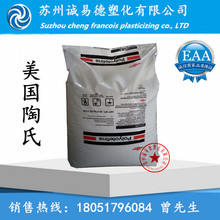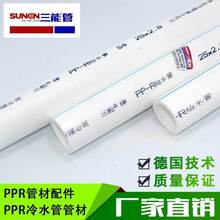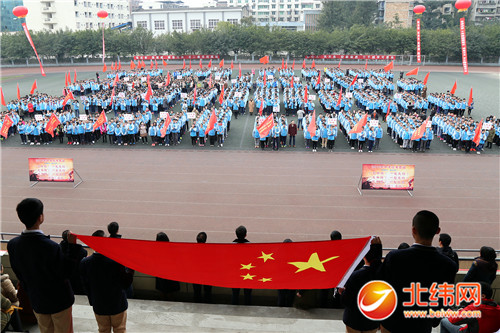您现在的位置是:半岛新闻网 > 新闻中心
Trump's all
半岛新闻网2024-09-21 18:44:34【新闻中心】6人已围观
简介Popular in News & Politics What Exactly Does Nikki Haley Expect Her
Popular in News & Politics
- What Exactly Does Nikki Haley Expect Her Voters to Do Now?
- The Real Story of the Glamorous Prosecutor Who Took on Police Violence—and Then Seemed to Implode
- Jamie Raskin Explains What America Could Do to Fix the Supreme Court
- Alito’s Second Flag Has an Even Scarier Story Than the First
Why did the Trump Organization go on a big buying spree in the middle of the last decade, making all-cash purchases of golf courses and hotels, in contrast to Donald Trump’s typical technique as the “king of debt,” borrowing as much money as possible and putting in little to none of his own?
The roughly $400 million he spent in that period has never been explained in detail. Although Trump was earning a lot of straight cash from his Apprenticegig, and although his existing licensing deals allowed him to earn money without the expense (and debt) that traditional real estate development requires, the sheer scale of his output mystified many observers.
Trump’s rise in the 1980s was famously debt-fueled, and he even prided himself on getting outside partners and banks to put as much money into a building or project as possible. (Trump wrote in one of his books, “What the hell did I care? I actually told one bank, ‘I told you you shouldn’t have loaned me that money. I told you that goddamn deal was no good.’ “— which was later quoted when one of his longtime partners, Deutsche Bank, sued him.)
So why the move to all-cash? Was it a way of letting partners launder money? Could they just not get traditional financing?
Eric Trump didn’t exactly clear things up when he told the Washington Post, in a story about the Trump Organization’s almost-decade of cash output, “He had incredible cash flow and built incredible wealth. He didn’t need to think about borrowing for every transaction. We invested in ourselves.”
Of course, many people raised an eyebrow at this and thought of one possible cash source: Russia. It only helped fuel the speculation that Trump was able to raise a substantial amount of cash from his 2008 sale of a Palm Beach mansion for $95 million in 2008 to a company connected to Russian billionaire Dmitry Rybolovlev.
Advertisement Advertisement Advertisement AdvertisementBut the Times’ blockbuster story this week suggests a simple explanation: Trump was spending his portion of his parents’ estate. The Times article mostly details how Fred Trump, from basically the moment of his children’s respective births to his death, endeavored to funnel as much of his money to them as possible while avoiding gift taxes—especially for Donald. “He made Donald not just his salaried employee but also his property manager, landlord, banker and consultant. He gave him loan after loan, many never repaid,” the Times reports.
Even before Fred’s death in 1999, the Trump kids were doing their best to get as much of his real estate holdings in their hands with as small a tax liability as possible. Besides the apartment-equipment-markup scheme that was All County Building Supply & Maintenance (seriously, just read about), the Trump kids were able to inherit in 1997 what they told the IRS was $41.4 million worth of properties before selling them for “more than 16 times that amount” over the next 10 years. When Fred Trump died, he had “just $1.9 million in the bank.”
AdvertisementThe Trump children were able to get their hands on their parents’ actual estate and eventually sell it in 2004, with Donald Trump getting around $235 million. Almost immediately afterward, Trump’s spending ramped up, the Times reports. He spent almost $150 million in the following year, the Times reported, including $73 million as part of a deal for the Trump International Hotel & Tower in Chicago, $55 million in payments to casino lenders, and $21 million “to help finance his purchase of Maison l’Amitié,” the Palm Beach mansion that he later turned around and sold to the Russian billionaire’s LLC.
AdvertisementHe continued his buying spree through 2014 when, the Washington Post reported, “he paid a combined $79.7 million for large golf courses in Scotland and Ireland. Since then, those clubs have lost money while Trump renovated them, requiring him to pump in $164 million in cash to keep them running.” During that time he was also getting some financing, largely from Deutsche Bank. Deutsche’s relationship with Trump has been another mystery. He was largely blackballed by major Wall Street banks following his disastrous 1990s, but Deutsche did more than $2 billion worth of deals with him, according to the Wall Street Journal.
If real estate development is the art of spending as little of your own and as much of other people’s money as possible, Trump throughout his entire career found something better than an indulgent and optimistic bank: a father who hated taxes and wanted to give everything to his children.
Tweet Share Share Comment很赞哦!(46438)
相关文章
- Courting Disaster
- South Korean reporters on way to North Korea's nuke test site [PHOTOS]
- North Carolina’s voter
- Three murders in Philadelphia in the early 1990s, and three men who didn’t commit them.
- Our galaxy might crash into Andromeda. What would happen to Earth?
- 确保全市春季道路交通安全
- Dating app maps where people love and hate the 'take a knee' protests the most
- 成人宣誓备战备考 百日誓师全力以赴
- Scientists detect water sloshing on Mars. There could be a lot.
- Why two Koreas are seeking to get closer
热门文章
站长推荐

Best smart home deals this week

[Photo News] North Korea shows off ICBM and other weapons at massive nighttime parade

North Carolina’s voter

Project Fi is adding the Moto G6, LG G7, and LG V35 to its lineup

Pixel 9 Pro XL hands

2017年市委农村工作会召开

成人宣誓备战备考 百日誓师全力以赴

Singer loses composure after noticing man's interpretive dancing